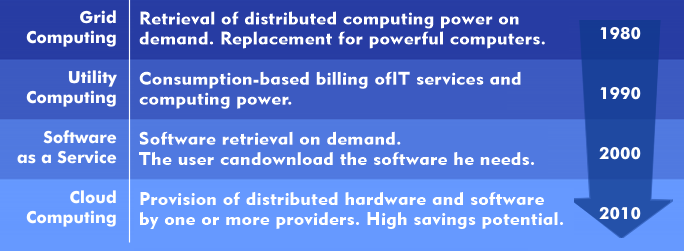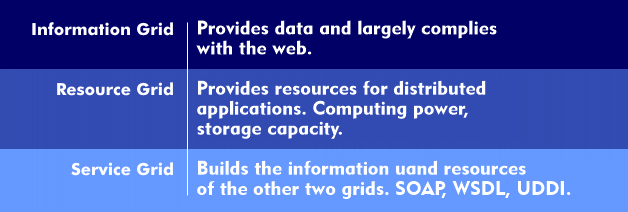grid computing
Grid computing is a concept from the 1980s in which distributed resources of computing power and storage capacity can be called up from other resources as needed. In this concept, users can use computing power from other computers via special middleware, for example over the Internet or via virtual private networks( VPN).
This concept, in which hundreds of computers can be connected to each other in a network, is particularly useful where enormous computing power needs to be bundled, for example in research facilities or in engineering departments. The individual resources are managed centrally by the Distributed Resource Manager( DRM).
Grid computing replaces high- performance computers and supercomputers and saves users expensive investments. It helps save costs by bringing in unused computing capacity. Grid computing is based on open, standardized protocols and interfaces and provides the user with different service levels depending on their needs. It can be part of cloud computing.
Conceptually, grid computing has evolved into utility computing, where IT services are billed based on consumption. Another computing concept is Software as a Service( SaaS) with the option of downloading the required software depending on the application. In the storage area, the grid concept is changing to grid storage.


